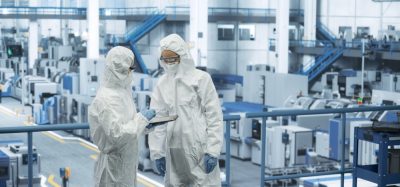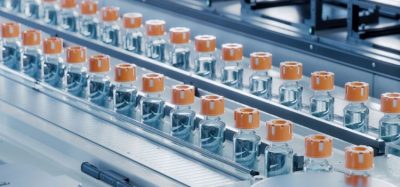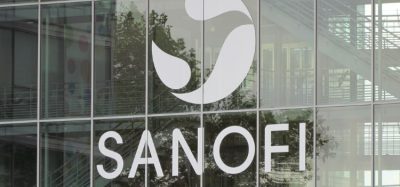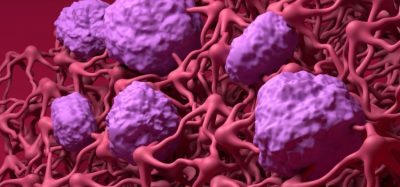Could centrifugal bioreactor accelerate cell-therapy manufacturing?
Posted: 1 November 2023 | Caroline Peachey (European Pharmaceutical Review) | No comments yet
Researchers from Washington State University have developed a centrifugal bioreactor, which they claim can manufacture T cells 30 percent faster than current technologies.
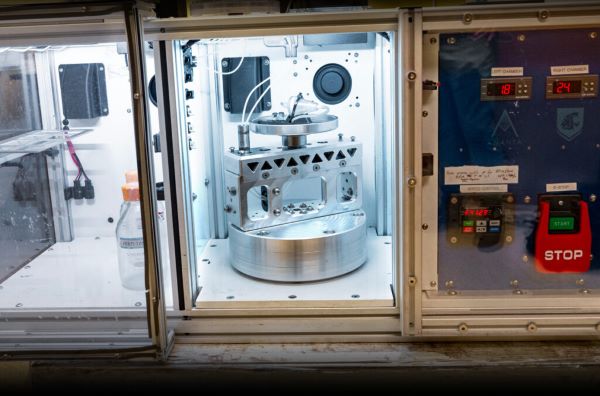

Prototype of the centrifugal bioreactor (Credit: WSU)
Washington State University researchers have developed a centrifugal bioreactor that is able to manufacture T cells, at 95 percent of the maximum growth rate — about 30 percent quicker than current technologies.
The centrifugal bioreactor, which was developed using T cells from cattle, is expected to perform similarly on human cells, according to the research, which was published in the journal Biotechnology Progress.
“One of the current difficulties limiting the use of adoptive cell therapy for cancer treatment is the lack of methods for rapidly expanding T cells,” the abstract states, adding that the centrifugal bioreactor “may resolve this manufacturing bottleneck.”
How the centrifugal bioreactor works
The bioreactor uses centrifugal force to act on the growing cells while they are suspended as a dense, cloud and continuously bathed by the inward flow of medium containing nutrients.
The most recent prototype is self-contained within a sterile cabinet.
“It can be used in circumstances where clean manufacturing facilities are not available or easily accessible, so it can democratise these cell-based therapies,” said Kitana Kaiphanliam, a postdoctoral researcher in WSU’s Gene and Linda Voiland School of Chemical Engineering and Bioengineering.
The researchers…expect that they will eventually be able to produce enough cells in three days for three doses of a therapy”
The researchers are working to improve the bioreactor. They hope to add multiple chambers and expect that they will eventually be able to produce enough cells in three days for three doses of a therapy.
The team also plan to start testing with human T cells and have begun communicating with cancer researchers on beta testing at Fred Hutchinson Cancer Center. Kaiphanliam and co-author Brenden Fraser-Hevlin have also started a company, Ananta Technologies Inc., with the goal of eventually producing and marketing the technology.
“I recognised the potential that this bioreactor could have on cell-based therapies and manufacturing for these therapies, and I didn’t want to see it stuck in an academic laboratory,” commented Kaiphanliam. “I really hope having novel technologies to help with manufacturing reduces that financial barrier for these life-saving therapies.”
The prototype comes out of four decades of research on designing a centrifugal bioreactor, led by Chemical Engineering Professor Bernie Van Wie.
How breakthrough CAR-T cancer therapies could be made more widely accessible
The work was predominately funded by a National Science Foundation Early-Concept Grant for Exploratory Research (EAGER) award, with additional support from the WSU Office of Commercialization’s Gap Fund, the Palouse Club Cougar Cage pitch competition and the Washington Research Foundation.
Related topics
Biopharmaceuticals, Bioproduction, Immunotherapy, Manufacturing, Research & Development (R&D)



